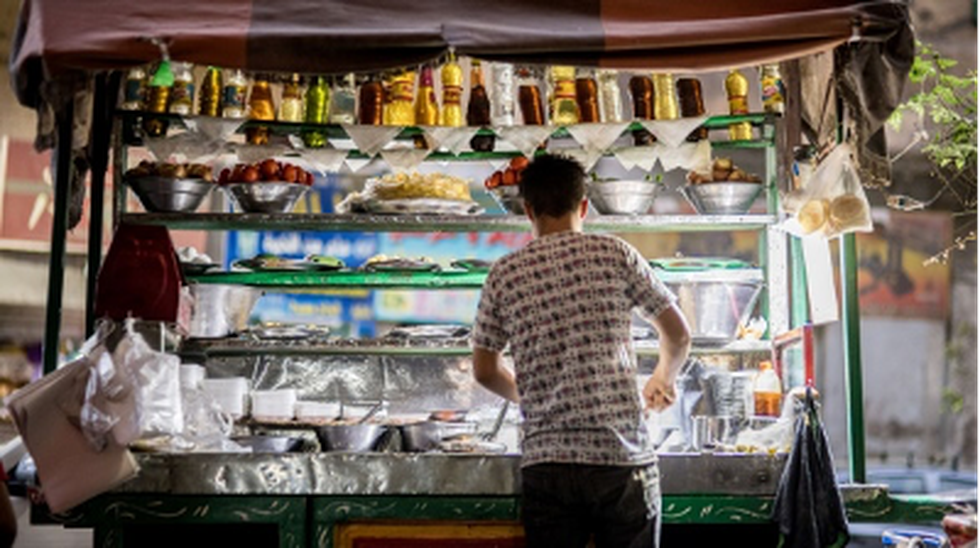
About 100 Food Streets in 100 districts:
- This project aims to encourage safe and healthy food practices among food businesses and community members, thus, reducing foodborne illnesses and improving overall health outcomes.
- Implementation: It will be implemented through National Health Mission (NHM) in convergence with the Ministry of Housing and Urban Affairs & with technical support from Food Safety and Standards Authority of India.
- The financial assistance for the initiative to States/UTs in the form of Rs.1 crore per food street/district will be given to fill up critical gaps.
- This assistance will be provided under National Health Mission (NHM) in the ratio of 60:40 or 90: 10 with the condition that standard branding of these food streets will be done as per FSSAI guidelines.
Key Facts about the National Health Mission
- It was launched by the government of India in 2013 by subsuming the National Rural Health Mission and National Urban Health Mission.
- It was designed with the aim of providing accessible, affordable, effective and reliable healthcare facilities in the rural and urban areas of the country, especially to the poor and vulnerable sections of the population.
2. Piarosoma arunachalensis
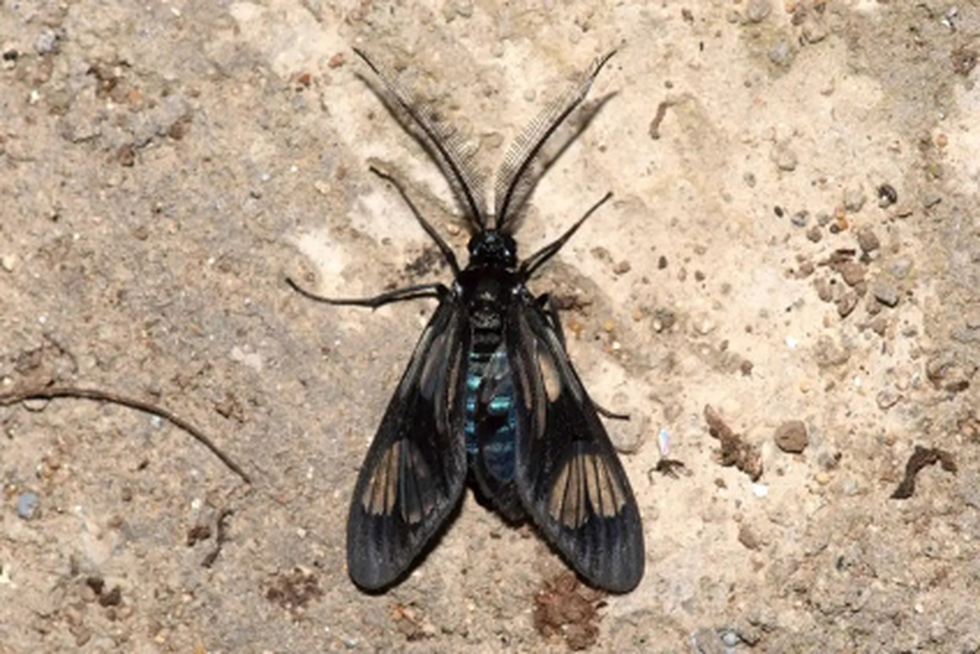
About Piarosoma arunachalensis:
- It is a moth species belonging to the genus Piarosoma.
- The moth is a Burnet moth and is largely day-flying.
- It belongs to the family Zygaenidae, which includes Forester and Burnet moths.
- Burnet and Forester's moths are brightly coloured day-flying moths, often with clubbed antennae.
- Moths are highly diverse organisms and scientists estimate there are 160,000 moth species in the world and about 12,000 species in India.
- Their colours are either dazzling or so cryptic that easily camouflage with their surroundings.
Key Facts about the Talle Wildlife Sanctuary
- It is a wildlife sanctuary as well as a bio-diversity hotspot located in the state of Arunachal Pradesh.
- Rivers like Pange, Sipu, Karing and Subansiri flow through this sanctuary.
- Flora: It comprises sub-tropical and alpine forests.
- Fauna: Clouded leopard, Himalayan squirrel, Himalayan Black Bear etc.
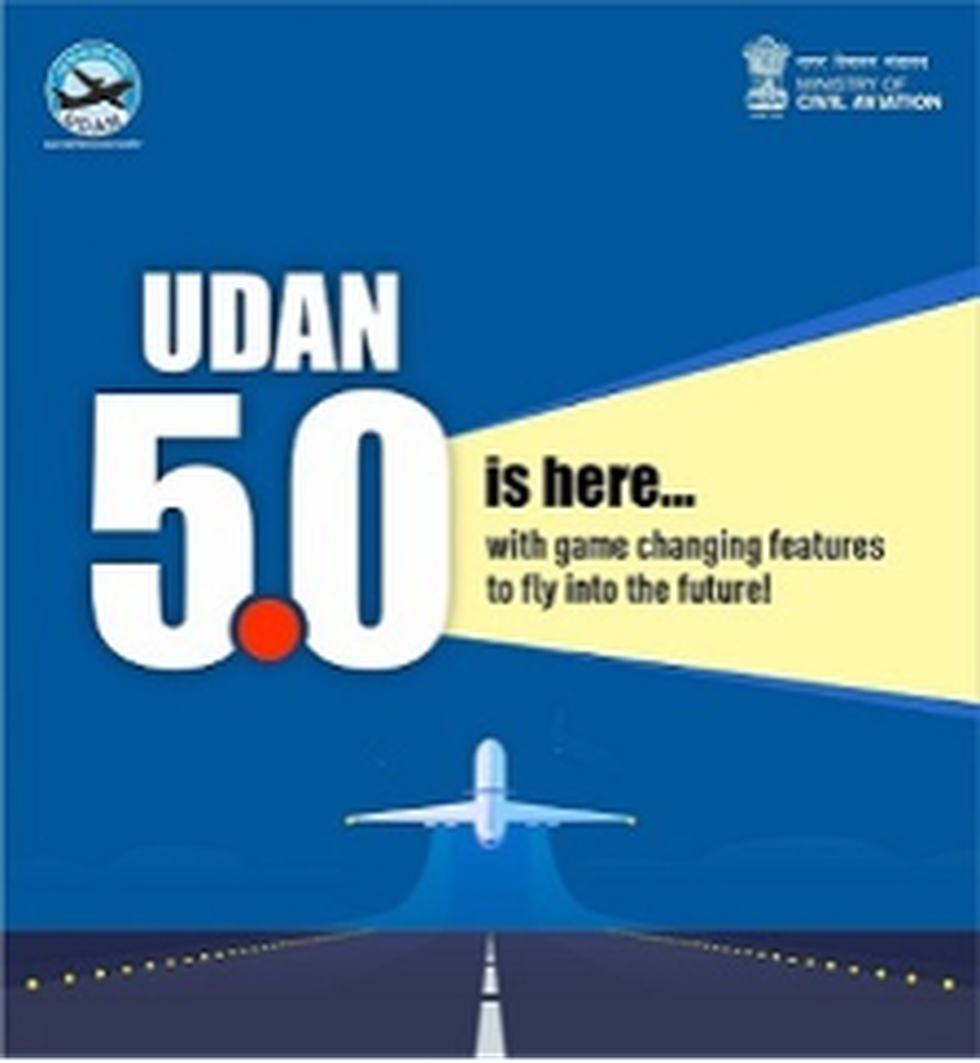
About UDAN 5.0 scheme:
- This round of the scheme focuses on Category-2 (20-80 seats) and Category-3 (>80 seats).
- The earlier stage length cap of 600 km is waived off and there is no restriction on the distance between the origin and destination of the flight.
- Viability gap funding (VGF) to be provided will be capped at 600 km stage length for both Priority and Non-Priority areas which was earlier capped at 500 km.
- Airlines would be required to commence operations within 4 months of the award of the route. Earlier this deadline was 6 months.
Key facts about UDAN (UdeDeshkaAamNaagrik)
- It is a regional airport development and "Regional Connectivity Scheme" (RCS) of the Union Government of India.
- The scheme envisages providing connectivity to un-served and under-served airports of the country through the revival of existing airstrips and airports.
- Nodal Ministry: Ministry of Civil Aviation
What are the Components of UDAN?
- Airports: The first component is to develop new airports and enhance the existing regional airports to increase the number of operational airports for scheduled civilian flights.
- Flight routes: The second component is to add several hundred financially viable, capped airfare, and new regional flight routes to connect more than 100 under-served and un-served airports in smaller towns by using "Viability Gap Funding" (VGF) where needed.
4. LockBit Ransomware

About LockBit Ransomware:
- It is malicious software designed to block user access to computer systems in exchange for a ransom payment.
- It was formerly known as “ABCD” ransomware, but it has since grown into a unique threat within the scope of extortion tools.
- It is a subclass of ransomware known as a ‘crypto virus’ due to forming its ransom requests around financial payment in exchange for decryption.
- It focuses mostly on enterprises and government organizations rather than individuals.
- It functions as ransomware-as-a-service (RaaS). Willing parties put a deposit down for the use of custom for-hire attacks, and profit under an affiliate framework.
How does LockBit ransomware work?
- It works as a self-spreading malware, not requiring additional instructions once it has successfully infiltrated a single device with access to an organisational intranet.
- It is also known to hide executable encryption files by disguising them in the . PNG format, thereby avoiding detection by system defences.
- Attackers use phishing tactics and other social engineering methods to impersonate trusted personnel or authorities to lure victims into sharing credentials.
- Once it has gained access, the ransomware prepares the system to release its encryption payload across as many devices as possible.
- It then disables security programs and other infrastructures that could permit system data recovery.
5. Lyrid meteor
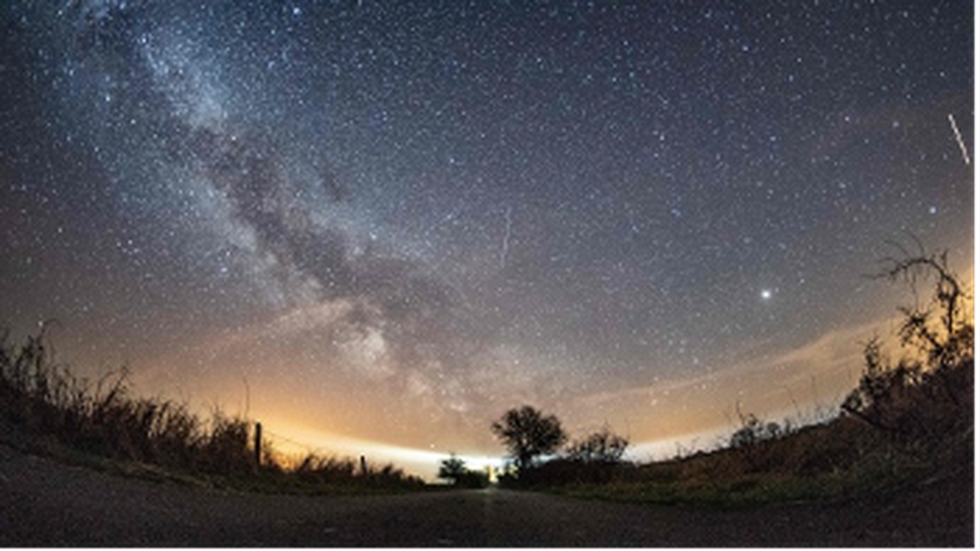
About Lyrid meteor:
- According to NASA the first recorded sighting of a Lyrid meteor shower goes back to 687 BC by the Chinese.
- It is best viewed in the Northern Hemisphere during the dark hours.
- Meteor showers are usually named after a star or constellation that is close to where the meteors appear to originate in the sky.
- The Lyrid shower gets its name from the constellation Lyra.
- The last Lyrid outburst was in 1982 when 75 meteors per hour were recorded by observers in Florida.
What is Meteoroid, Meteor and Meteorite?
- It is an object in space that range in size from dust grains to small asteroids.
- When meteoroids enter Earth’s atmosphere (or that of another planet, like Mars) at high speed and burn up, the fireballs or “shooting stars” are called meteors.
- When a meteoroid survives a trip through the atmosphere and hits the ground, it’s called a
What is the significance of Meteors?
- It helps in understanding early conditions and processes in the solar system’s history.
- These include the age and composition of different planetary building blocks, the temperatures achieved at the surfaces and interiors of asteroids, and the degree to which materials were shocked by impacts in the past.
6. Zafar Mahal
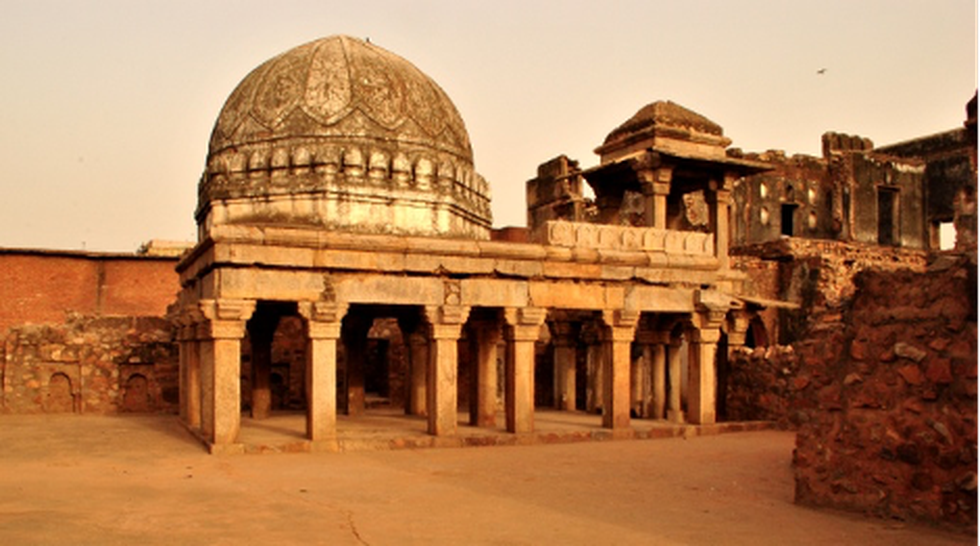
About Zafar Mahal:
- This is the last structure built by the Mughals and served as a summer palace for the Mughal family.
- Location: It is located in Mehrauli village, which is in the Southern part of Delhi.
- It was built in memory of the Hazrat Khwaja Qutubuddin Bakthiar Kaki, the renowned Sufi saint to whom almost all the Mughal Emperors were disciples.
- Zafar Mahal stands next to the Dargah of Qutubuddin Bakhtiyar Kaki.
- It was started by Emperor Akhbar Shah II and was finished by the last Mughal emperor, Bahadur Shah Zafar, who also gave it the present name of Zafar Mahal.
- It consists of two components: one being the Mahal or the palace which was established by Akbar Shah II during 18th century and the other being the entrance gate (Hathi Gate) that was developed during 19th century by Bahadur Shah Zafar II.
- The Zafar Mahal complex also contains some cenotaphs of the later Mughal Emperors.
- The famous festival or the annual procession known as Phulon ki Sair also starts from here and is a festival that had long ago been started by the Khawja Bhaktiyar Kaki himself as a protest against the British.
7. National Technology Centre for Ports, Waterways and Coasts (NTCWPC)
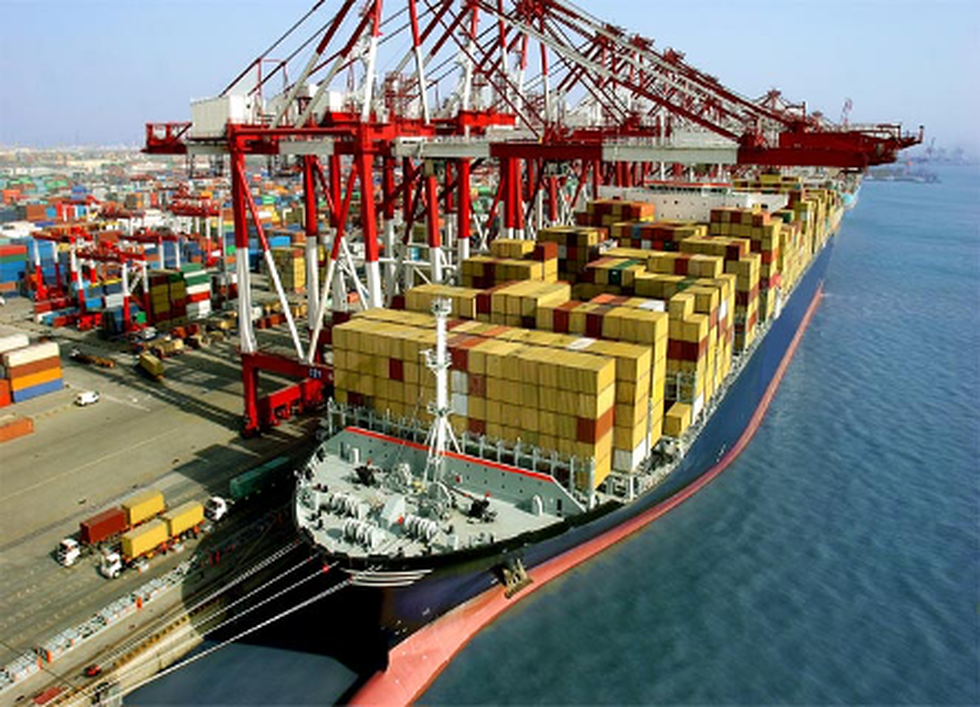
About National Technology Centre for Ports, Waterways and Coasts (NTCWPC):
- It is being set up under the Shipping Ministry’s flagship Sagarmala Programme.
- Location: It has been established in IIT – Discovery Campus at Chennai in Tamil Nadu at the cost of ₹77 crore.
- It works as the technology arm of the Ministry of Shipping and provides the needful technological support to ports, IWAI and other institutions.
- Mandate: To develop cutting-edge technologies and application products to provide solutions to various challenges faced by the Ports and Shipping Sector.
- It has world-class capabilities for undertaking 2D and 3D investigations of research and consultancy nature for the Port, Coastal, and Waterway sector across all disciplines.
What is Sagarmala Programme?
- It is the flagship programme of the Ministry of Shipping.
- Objective: To promote port-led development in the country through harnessing India’s 7,500 km long coastline, 14,500 km of potentially navigable waterways and strategic location on key international maritime trade routes.
- It holds a vision to reduce logistics costs for both domestic and EXIM cargo with optimal infrastructure investment.
- The projects under the scheme have been categorized into five pillars:
- Port modernization & new port development;
- Port connectivity enhancement;
- Port-led industrialization;
- Coastal community development;
- Coastal shipping and Inland water transport;
8. Bureau of Civil Aviation Security (BCAS)
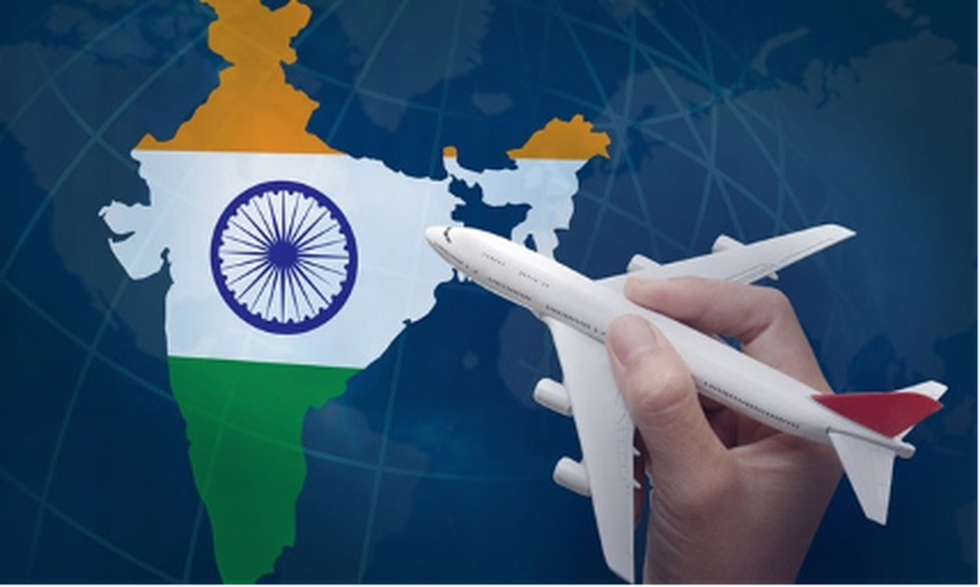
About Bureau of Civil Aviation Security (BCAS):
- It was initially set up as a Cell in the Directorate General of Civil Aviation in January 1978 on the recommendation of the Pande Committee.
- It was reorganized into an independent department under the Ministry of Civil Aviation on 1st April 1987.
- The main responsibilities of BCAS include laying down standards and measures with respect to the security of civil flights at international and domestic airports in India.
- Headquarters: New Delhi
- It has got four Regional Offices located at International airports i.e. Delhi, Mumbai, Kolkata and Chennai.
- Functions:
- Laying down Aviation Security Standards in accordance with Annex 17 to the Chicago Convention of International Civil Aviation Organization (ICAO) for airport operators, airline operators, and their security agencies responsible for implementing AVSEC measures.
- Monitoring the implementation of security rules and regulations and carrying out survey of security needs.
- Ensure that the persons implementing security controls are appropriately trained and possess all competencies required to perform their duties.
- Planning and coordination of Aviation security matters.
- Surprise/Dummy checks to test the professional efficiency and alertness of security staff.
- Mock exercise to test the efficacy of Contingency Plans and operational preparedness of the various agencies.
Key Facts about Directorate General of Civil Aviation (DGCA):
- It is the regulatory body in the field of Civil Aviation, primarily dealing with safety issues.
- It is responsible for regulation of air transport services to/from/within India and for enforcement of civil air regulations, air safety, and airworthiness standards.
- The DGCA also coordinates all regulatory functions with the International Civil Aviation Organisation (ICAO).
- The headquarters are located in New Delhi with regional offices in the various parts of India.
What is the Chicago Convention?
- The Chicago Convention (also known as the Convention on International Civil Aviation), established the International Civil Aviation Organisation (ICAO), a specialized agency of the United Nations charged with coordinating and regulating international air travel.
- The Convention was signed by 52 states on 7 December 1944 in Chicago, U.S., and came into effect on 4 April 1947.
- It establishes rules of airspace, aircraft registration and safety and details the rights of the signatories in relation to air travel.
- The Convention also exempts air fuels from tax.
- The Convention provided for the sovereignty of airspace above the territory of each state, together with five freedoms (later expanded to nine by the addition of four unofficial freedoms) which govern the freedom of states to operate air transport flights (including the carriage of passengers, cargo and mail) across, into and within the airspace of other states.
9. What is the ‘ARTSENS’ Device?
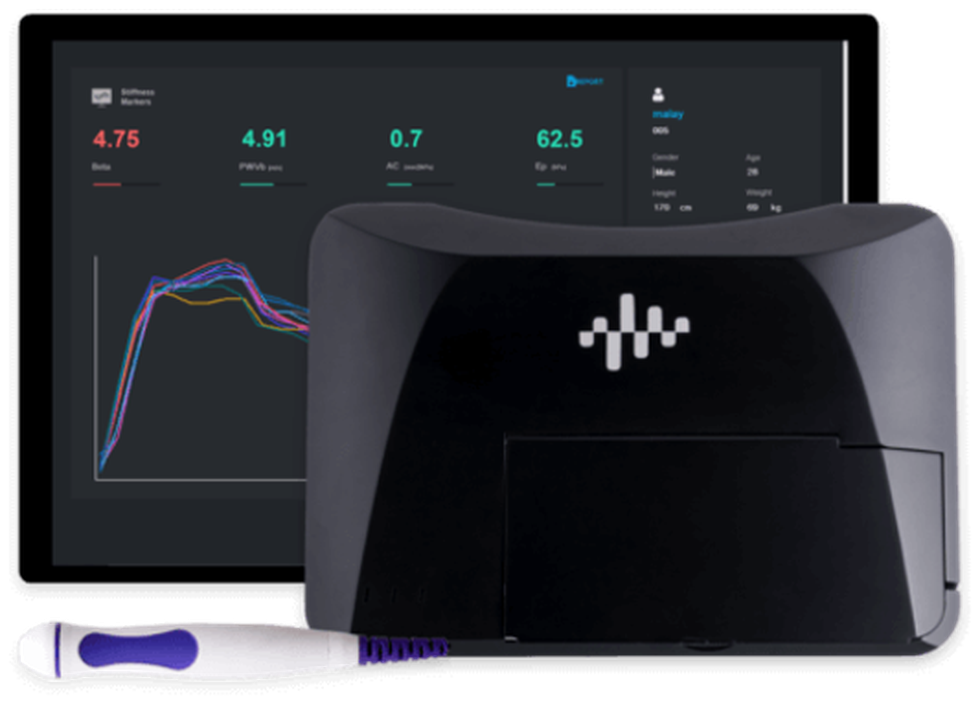
About ‘ARTSENS’ Device:
- It is a novel, non-invasive device to assess the health and age of blood vessels and thereby provide early screening for cardiovascular diseases.
- It has been developed by Healthcare Technology Innovation Centre at IIT Madras.
- It is intended for regular medical check-ups, even by non-experts, to evaluate and anticipate vascular health.
- It is powered by a proprietary non-imaging probe and an intelligent computing platform.
- What does ARTSENS do?
- It can assess the effect of molecular and protein-level changes in the vessel wall caused due to disease and ageing by measuring the material property in a completely non-invasive and accurate manner.
- The device comprises pressure cuffs to be affixed at the upper arm and thighs and a probe applied to the surface of the neck to detect the carotid artery.
- It measures carotid arterial stiffness, aortic pulse wave velocity and central blood pressure, all three being important markers of cardiovascular health.
What are Cardiovascular diseases (CVDs)?
- CVD is a general term for conditions affecting the heart or blood vessels.
- It's usually associated with a build-up of fatty deposits inside the arteries (atherosclerosis) and an increased risk of blood clots.
- It can also be associated with damage to arteries in organs such as the brain, heart, kidneys and eyes.
- It is a leading cause of death globally. An estimated 17.9 million people died from CVDs in 2019, representing 32% of all global deaths. Of these deaths, 85% were due to heart attack and stroke.
10. What is Insulin Shock?
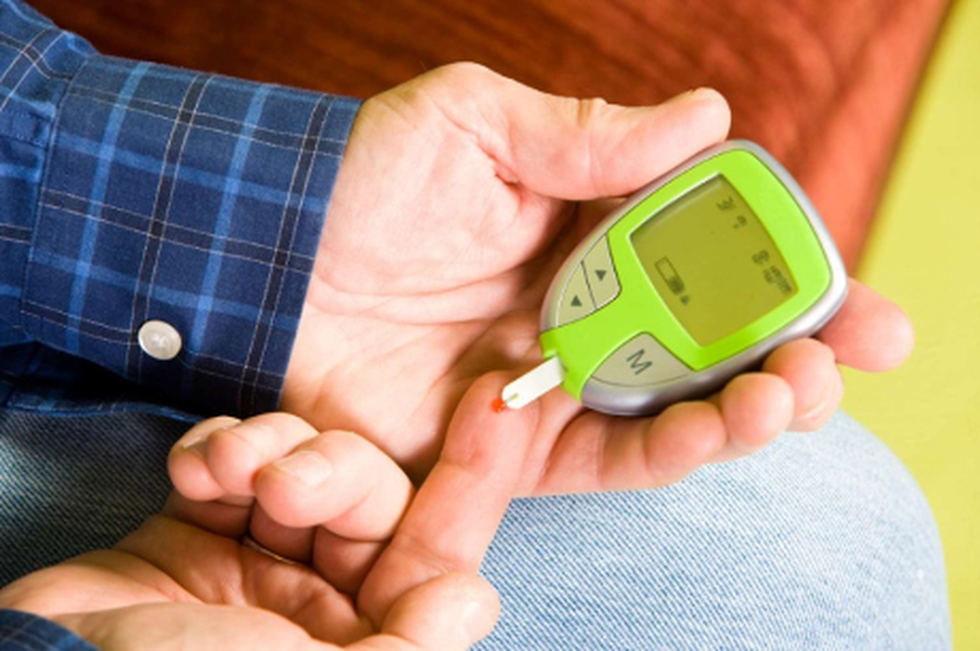
About Insulin Shock:
- What is it? Insulin shock occurs when you have too much insulin in your blood. This can lead to hypoglycemia, also called low blood sugar.
- If left untreated for too long, it can lead to loss of consciousness and even death.
- It can occur in people with type 1 or type 2 diabetes if they are using certain medications.
- Warning Signs: Dizziness, shaking, clamminess, a rapid pulse, and other symptoms.
What is Diabetes?
- It is a chronic disease that occurs when the pancreas can no longer make insulin or the body cannot make good use of the insulin it produces.
- What is Insulin? It is a hormone that regulates blood glucose.
- Not being able to produce or use insulin effectively leads to raised glucose levelsin the blood, known as hyperglycaemia.
Type 1 and Type 2 Diabetes:
- Type 1 diabetes:
- It is a condition in which your immune system destroys insulin-making cells in your pancreas.These are called beta cells.
- When you have type 1 diabetes, your body produces very little or no insulin.
- It requires daily administration of insulinto maintain blood glucose levels under control.
- It is usually diagnosed in children and young people, so it used to be called juvenile diabetes.
- Symptoms: Excessive excretion of urine(polyuria), thirst (polydipsia), constant hunger, weight loss, vision changes, and fatigue.
- Type 2 diabetes:
- It results from the body’s ineffective use of insulin that it produces.
- More than 95% of people with diabetes have type 2 diabetes.
- This type of diabetes is largely theresult of excess body weight and physical inactivity.
- Symptoms may be similar to those of type 1 diabetesbut are often less marked. As a result, the disease may be diagnosed several years after onset.


.jpg)
.jpg)
.jpg)
























































































































































.png)
.png)
.png)
.png)
.png)


.png)
.png)
.png)





.png)
.png)






.png)
.png)
.png)
.png)
.png)
.png)
.png)
.png)
.png)

.png)







.png)
.png)


.png)
.png)
.png)


.png)

.png)
.png)





.jpg)

.png)
.png)


.png)

.png)
.png)
.png)

.jpg)

.jpg)


.png)

.png)
.png)
.png)
.png)
.png)
.png)
.png)
.png)
.png)
.png)




.png)

.png)





.png)
.png)
.png)
.png)
.png)
.png)
.png)
.png)
.png)
.png)
.jpg)
.jpg)

.png)
.png)
.png)
.png)
.png)
.png)
.png)
.png)
.png)
.png)
.png)
.png)
.png)
.png)
.png)
.png)
.png)
.png)
.png)
.png)
.png)
.png)



.png)
.png)

.jpg)
.jpg)


.jpg)
.jpg)
.jpg)
.jpg)
.jpg)

.jpg)








.jpg)
.jpg)

















.jpg)
.jpg)







.jpg)


















.jpg)
.jpg)






























































































.jpg)
.jpg)


























.jpg)

.jpg)










.jpg)








.jpg)




.jpg)










.jpg)


















.jpg)












































.jpg)














.jpg)
.jpg)
.jpg)





.jpg)

.jpg)
.jpg)





































































.jpg)


































.jpg)
.jpg)
















































.jpg)












.jpg)


.jpg)




.jpg)
.jpg)
.jpg)

.jpg)
.jpg)
.jpg)
.jpg)

.jpg)
.jpg)
.jpg)

.jpg)
.jpg)
.jpg)
.jpg)
.jpg)
.jpg)
.jpg)
.jpg)

.jpg)


.jpg)
.jpg)
.jpg)
.jpg)
.jpg)
.jpg)
.jpg)
.jpg)
.jpg)
.jpg)











.jpg)
.jpg)





.jpg)
.jpg)
.jpg)
























.jpg)
























.jpg)









.jpg)
.jpg)







.jpg)
.jpg)









































.jpg)
.jpg)
.jpg)
.jpg)
.jpg)

.jpg)
.jpg)
.jpg)
.jpg)
.jpg)


.jpg)
.jpg)
.jpg)
.jpg)
.jpg)

.jpg)
.jpg)
.jpg)
.jpg)
.jpg)
.jpg)
.jpg)
.jpg)
.jpg)
.jpg)
.png)

.png)
.png)

.png)
.png)
.png)
.png)


.jpg)
.jpg)

.jpg)
.jpg)
.jpg)

.png)
.png)
.png)
.png)
.png)
.png)
.png)

.png)
.png)
.png)
.png)
.png)
.png)
.png)
.png)
.png)
.png)





































































-min.png)



.png)




.png)








































